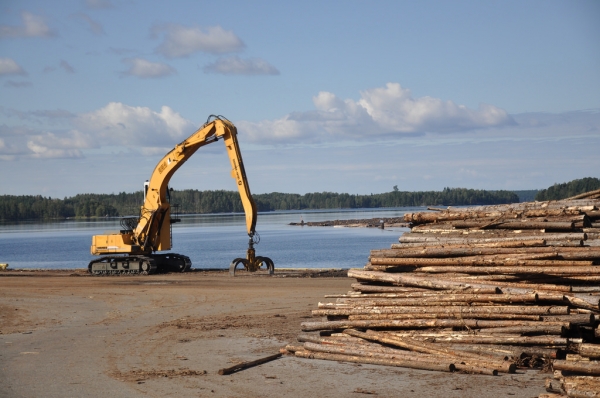
Last September 02-05, 30 participants from 19 countries attended TFD’s 4Fs Dialogue to dive deeper into the question how to balance the growing global demand for Food, Fuel, Fiber and Forests (4Fs).
This was not the first time many of the participants have worked on this issue: the dialogue in Finland was the third field dialogue under TFD’s 4Fs Initiative. The initiative aims to build new cross-sectorial partnerships that foster fairer and more sustainable land-use decisions. Previous dialogues were held in the U.S., Brazil and Indonesia.
The first two days of the dialogue focused on experiencing the Finnish landscape first hand. The group visited pulp and paper mills, wood-based bio-energy refineries and forest holdings owned by local families. The group also visited companies in the southeastern part of Finland.
The remaining two days of the dialogue revealed some controversial issues and divergent perspectives. Some highlights:
- Participants agreed that “not all forests are created equal” in that many second-growth forests prove to be worse habitats than the primary forests occupying the space. This lead participants to discuss whether a segregated approach (more strictly conserved large protected areas + plantations) or the integrative approach (fewer such large conservation areas and in return habitat-friendly forests) would be preferable.
- Participants expressed a range of opinions on how much conservation is enough, generally agreeing that secure land tenure and transparent, participatory policymaking processes are key for sustainable conservation efforts. Finland set a good example for this as the overall philosophy of working groups and planning processes there is built around the participation of stakeholders.
- Further discussion centered around wood-based fuels, which are currently the single most important source of renewable energy in the world. Efficient uses of wood in a multiple-products approach are crucial in times of scarcity. At the same time, the socio-economic impacts of wood as a biofuel have to be carefully assessed, particularly as some believe that small landowners and local communities do not directly benefit from the production of such a good. Certification also provides a lot of potential for quality in the promises being made, however participants agreed that the question remains of whether certification schemes can be adapted and consolidated to effectively deal with more than one commodity within a landscape.
The dialogue examined how decisions about the distribution of food, fuel, fiber and forests can be prioritized on local, national and international levels. Admittedly, these decisions are interconnected and often do not work efficiently together, yet.
Many participants felt that there should be clear guidance from the national and international level, however this cannot occur at the cost of entirely losing local flexibility. Furthermore, this guidance needs to be stable and long-term and should be a product of many stakeholders that are traditionally left out in the policy-making process like women or local communities.
For more information on the dialogue, please download the Co-Chairs’ Summary Report presenting in greater detail the dialogue discussion and outcomes.
Click here to download the report.
